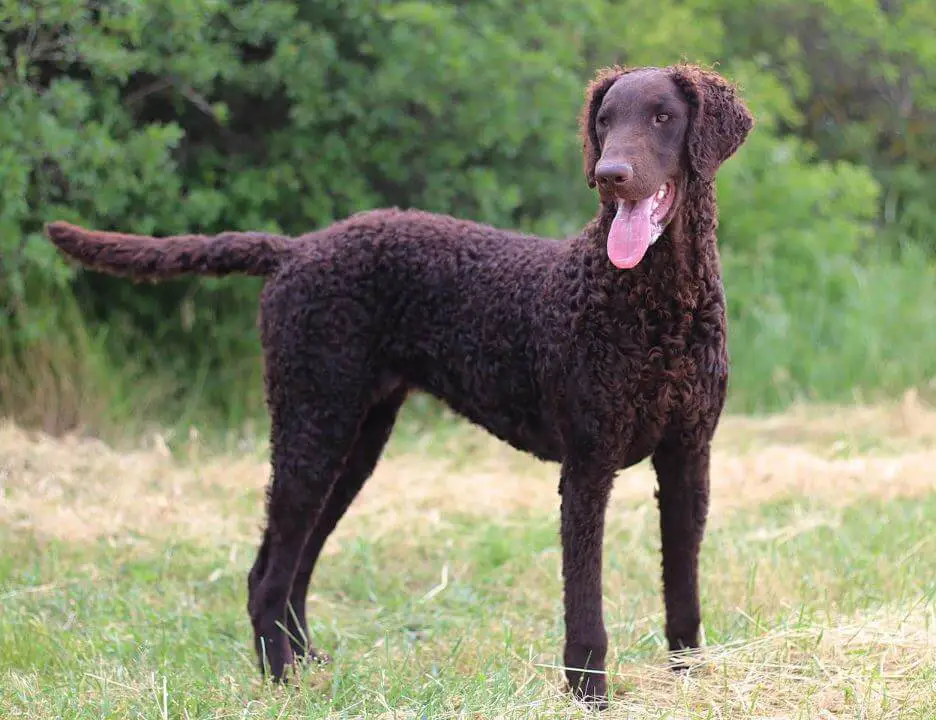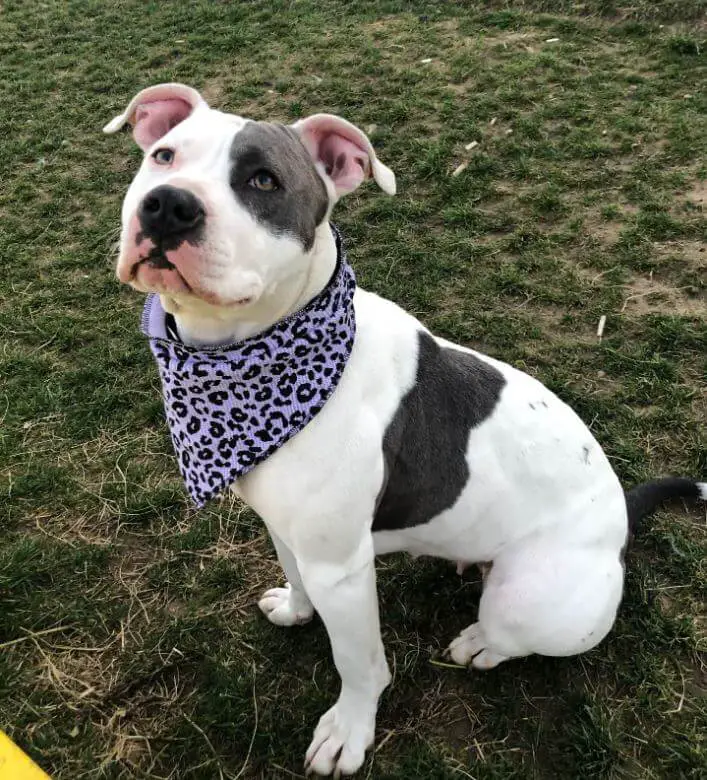Protecting your dog from fleas and ticks is crucial for their health and well-being. These pesky parasites can cause discomfort, transmit diseases, and pose a risk to both your furry friend and your family. By implementing effective flea and tick prevention measures, you can keep your dog safe and happy. In this article, we will share 11 valuable tips to help you prevent fleas and ticks from infesting your dog and your home.

#1 – Use Year-Round Preventatives:
Consistency is key when it comes to flea and tick prevention. Use veterinarian-recommended flea and tick preventatives consistently throughout the year, even during colder months, to ensure continuous protection.
#2 – Choose Appropriate Products:
Consult with your veterinarian to determine the most suitable flea and tick prevention products for your dog. Options include topical treatments, oral medications, collars, and sprays. Consider your dog’s age, size, and any existing health conditions before making a selection.
#3 – Regularly Inspect Your Dog:
Perform routine inspections of your dog’s coat and skin to check for fleas, ticks, or any signs of infestation. Pay attention to areas like the ears, groin, armpits, and between toes, as these are favorite spots for parasites.
#4 – Maintain a Clean Environment:
Keep your home and yard clean to reduce the chances of flea and tick infestations. Vacuum regularly, wash pet bedding frequently, and mow your lawn regularly. Remove any debris or clutter that may attract pests.
#5 – Practice Proper Grooming:
Regular grooming helps keep your dog’s coat healthy and can aid in early detection of fleas and ticks. Brush your dog’s fur to remove any pests and debris, and consider using a flea comb to catch and remove any hitchhiking parasites.

#6 – Avoid High-Risk Areas:
When taking your dog for walks or outdoor adventures, avoid high-risk areas such as tall grass, wooded areas, and areas with dense vegetation where fleas and ticks are more prevalent.
#7 – Use Tick Preventatives in Tick-Prone Areas:
If you live in an area known for tick infestations or plan to visit such areas, consider using specific tick preventatives. These products are formulated to repel and kill ticks effectively.
#8 – Check Yourself and Family Members:
Fleas and ticks can hitch a ride on humans too. After outdoor activities, thoroughly check yourself and family members for any parasites before entering your home.
#9 – Remove Ticks Properly:
If you find a tick on your dog, use fine-tipped tweezers to grasp the tick close to the skin and gently pull it straight out. Avoid twisting or squeezing, as this can increase the risk of mouthparts breaking off and remaining in the skin.
#10 – Wash Bedding and Toys:
Regularly wash your dog’s bedding and toys in hot water to eliminate any potential flea or tick eggs, larvae, or adult pests.
#11 – Consult Your Veterinarian:
If you have any concerns or questions about flea and tick prevention for your dog, consult with your veterinarian. They can provide personalized advice based on your dog’s specific needs and recommend additional preventive measures if necessary.

By following these 11 flea and tick prevention tips, you can significantly reduce the risk of infestation and protect your dog from the discomfort and health risks associated with these parasites. Remember to stay consistent, vigilant, and seek professional guidance to ensure the well-being of your furry companion.
